Introduction to the World’s Deepest Rivers
The top 10 deepest river in the world offers fascinating geological insights. Rivers are vital to the earth’s ecosystem, serving as crucial sources of water, transportation, and biodiversity.
Some rivers are particularly notable for their remarkable depths, which contribute to their unique characteristics and ecological significance. Researchers are always eager to explore the top 10 deepest river in the world.
These deep rivers are found across various continents, each exhibiting a profound depth that impacts the surrounding environment and human activities.
Understanding the depths of these rivers provides insights into their geological formation, their roles in shaping landscapes, and their influence on local ecosystems.
The top 10 deepest river in the world offers fascinating geological insights. The following sections explore five of the deepest rivers in the world, shedding light on their distinctive features and the roles they play in their respective regions.
Key Takeaways
- The Congo River is the world’s deepest river, with depths over 2200 meters.
- The Yangtze River’s depth plays a crucial role in Chinese civilization and navigation.
- The Amazon River’s significant depths are vital for its rich biodiversity.
- The Mississippi River’s depths impact its role in North American commerce and recreation.
- The Yenisei River’s depths contribute to its hydrological and transportation significance.
- The Zambezi River’s depths are important for its ecological and hydroelectric functions.
- The Lena River’s depths are influenced by its Arctic environment and seasonal variations.
- The Ob River’s depths are crucial for its role in Siberian transportation and climate.
- The Danube River’s depths affect its navigation and European cultural significance.
- The Murray-Darling River System’s depths are vital for Australian agriculture and water supply.
The Profound Depths of Earth’s Waterways
Rivers are not merely conduits for water but are deep channels that sculpt the landscapes through which they flow. Among these, some rivers possess depths that are astonishingly profound, far surpassing what one might initially imagine.
The top 10 deepest river in the world has its own set of challenges. Understanding these rivers requires an appreciation of their unique geological formations and the ecosystems they sustain.
Geological Marvels Beneath the Surface
The geological structure of a riverbed plays a crucial role in determining its depth. In regions where tectonic activities have created significant depressions, rivers can achieve remarkable depths.
The top 10 deepest river in the world offers fascinating geological insights. The interplay between sedimentary processes and erosion contributes to these deep features, which can be several hundred meters deep in some cases. These profound depths often correlate with the river’s historical formation and the natural forces that have shaped its course over millennia.
Ecosystems Thriving in Depths
The ecosystems within these deep rivers are as diverse as they are unique. The profundity of these rivers creates a habitat for various species of fish, plants, and microorganisms that are specially adapted to thrive in low-light and high-pressure environments.
The top 10 deepest river in the world offers fascinating geological insights. This deep aquatic environment is crucial for maintaining biodiversity and supporting complex food chains. The study of these ecosystems can provide insights into evolutionary adaptations and ecological relationships.
Hydrological Implications
The depth of a river can significantly impact its hydrology. Deep rivers often have complex flow dynamics, including the interaction between surface and subsurface water movements. The top 10 deepest river in the world has its own set of challenges.
Understanding these dynamics is vital for managing water resources and predicting the impacts of climate change.
The top 10 deepest river in the world offers fascinating geological insights. The behavior of deep rivers can also influence local weather patterns and contribute to broader hydrological cycles, impacting surrounding ecosystems and human activities.
Historical and Cultural Significance
Throughout history, deep rivers have held significant cultural and historical importance. They often serve as landmarks that define regional boundaries and influence settlement patterns. The top 10 deepest river in the world offers fascinating geological insights.
The profound depths of these rivers can also be sources of mythology and folklore, reflecting their importance in the lives of the communities that live along their banks. Researchers are always eager to explore the top 10 deepest river in the world.
Understanding the historical context of these rivers can provide a richer perspective on their significance in human civilization.
Conservation Challenges
The conservation of deep rivers presents unique challenges. Human activities such as mining, agriculture, and industrialization can impact these delicate environments, leading to changes in water quality and habitat disruption.
The top 10 deepest river in the world offers fascinating geological insights. Protecting deep rivers requires careful management and collaboration between governments, environmental organizations, and local communities. Efforts must focus on mitigating the impacts of human activities while preserving the natural integrity of these critical waterways.
Unveiling the Hidden Wonders of the Deep
Exploring the depths of the world’s rivers unveils a hidden world of natural beauty and scientific intrigue. These profound waterways offer a glimpse into the mysteries of Earth’s geological processes and the adaptability of life in extreme environments. As we delve into the depths, we uncover both the challenges and the wonders of these remarkable rivers.
Geological Structures Beneath the Waters
Beneath the surface of the world’s deepest rivers lies a complex geological landscape. The formation of deep riverbeds is often the result of ancient tectonic activities and volcanic processes.
The top 10 deepest river in the world offers fascinating geological insights. These geological structures can create vast caverns and channels that influence the river’s depth. The top 10 deepest river in the world has its own set of challenges.
Studying these structures provides valuable information about the Earth’s history and the forces that have shaped its surface over time.
Diverse Marine Life Adaptations
The extreme conditions of deep rivers foster a diverse range of marine life that has evolved to survive in such environments. Species living in these depths exhibit remarkable adaptations to cope with low light, high pressure, and unique chemical conditions.
Research into these species reveals the complexities of life in extreme environments and the evolutionary processes that have led to their survival. These adaptations also offer insights into potential applications in biotechnology and medicine.
Impact on Local Hydrology
Deep rivers can significantly influence the hydrology of their surrounding regions. Their substantial depths can affect groundwater recharge rates and the distribution of aquifers.
Understanding these impacts is crucial for effective water resource management and for predicting the effects of environmental changes on local water systems. The interplay between deep river systems and local hydrology can have far-reaching consequences for both natural and human systems.
Cultural and Historical Context
The deep rivers of the world often hold a place of reverence in the cultures and histories of the regions they traverse. Researchers are always eager to explore the top 10 deepest river in the world. They are frequently featured in folklore and traditions, symbolizing a connection to the natural world and its mysteries.
The top 10 deepest river in the world offers fascinating geological insights. Historical accounts often highlight the role of these rivers in shaping civilizations and their development. Exploring these cultural aspects provides a deeper appreciation of the rivers’ significance beyond their physical attributes.
Strategies for Conservation
Effective conservation strategies for deep rivers require a comprehensive approach. Addressing the threats posed by human activities involves implementing protective measures and fostering community engagement. Researchers are always eager to explore the top 10 deepest river in the world.
The top 10 deepest river in the world offers fascinating geological insights. Sustainable practices and environmental awareness are key to preserving the integrity of these vital ecosystems. Collaborative efforts between stakeholders can help ensure that deep rivers continue to thrive and support the diverse life forms that depend on them.
These explorations highlight the multifaceted nature of deep rivers, emphasizing their geological, ecological, historical, and conservation aspects. Each river’s depth reveals a unique story of Earth’s natural processes and the intricate balance of life within its waters.
1. Mysteries of the Congo River
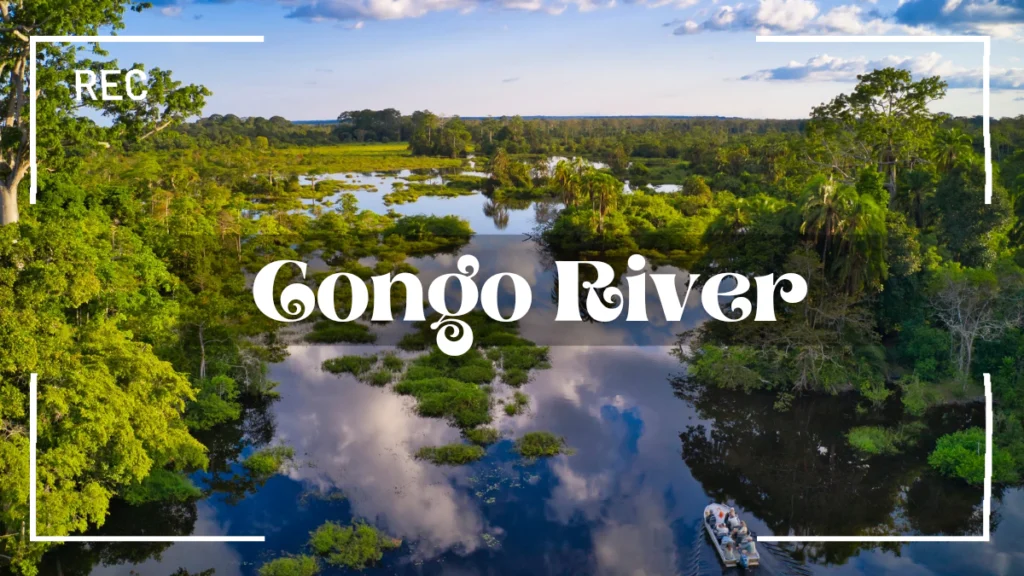
The Congo River, located in Central Africa, stands as one of the world’s deepest rivers, with depths exceeding 2200 meters (7,200 feet). The top 10 deepest river in the world offers fascinating geological insights.
This river’s profound depths are a result of the unique geological features of the Congo Basin, where tectonic movements have created deep valleys. Its depth contributes to its role as a critical habitat for diverse aquatic species, including rare and unique fish and plant life.
The Congo River also plays a pivotal role in the economic and cultural life of the region. It is essential for transportation, trade, and sustenance for the millions of people who live along its banks. The top 10 deepest river in the world has its own set of challenges.
Despite its importance, the river remains relatively underexplored, with many of its depths and hidden ecosystems still unknown to scientists.
2. The Mystery of the Yangtze River
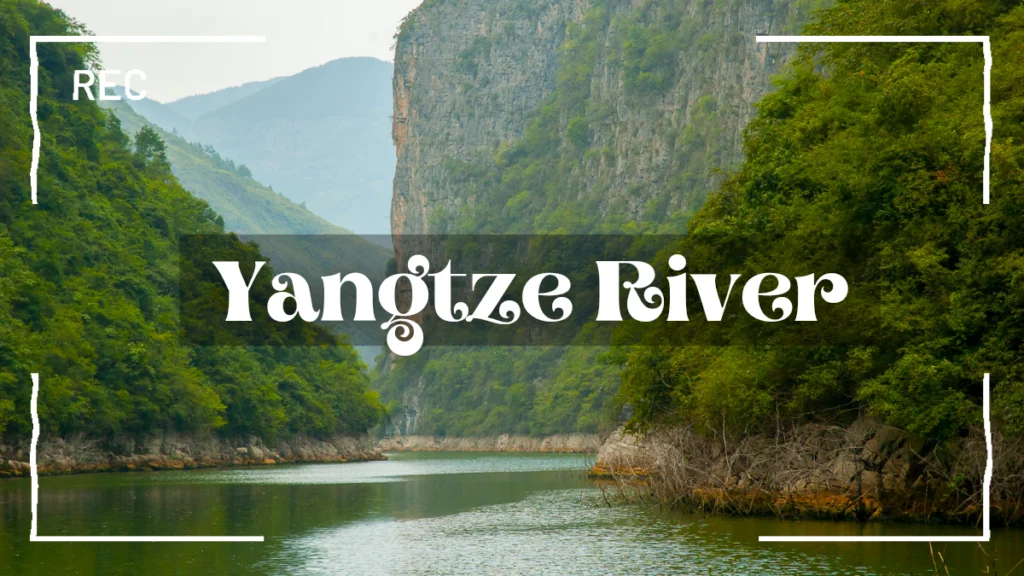
Flowing through China, the Yangtze River is renowned not only for its length but also for its significant depths, reaching up to 200 meters (656 feet) in certain areas. Many experts have studied the top 10 deepest river in the world for its unique ecosystems.
This river has been a cornerstone of Chinese civilization for millennia, influencing agriculture, industry, and culture throughout its extensive course.
The Yangtze’s depth is influenced by its path through the mountainous regions of Tibet and its subsequent passage through the gorges of the Sichuan Basin. Researchers are always eager to explore the top 10 deepest river in the world.
The river’s deep channels are essential for its role in navigation and its impact on local ecosystems, including the endangered Yangtze giant panda.
3. Amazon River: Depths of Diversity
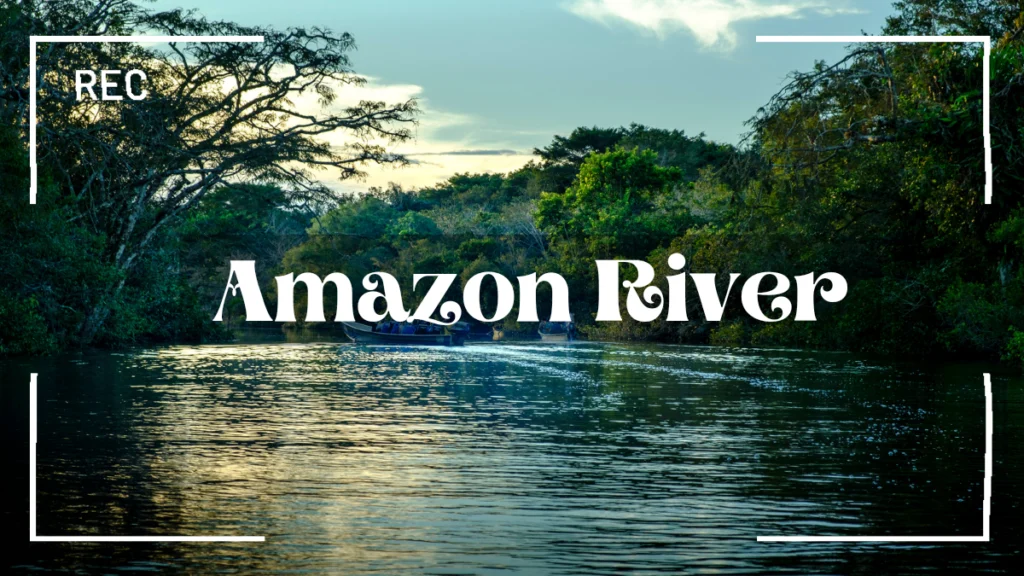
The Amazon River, primarily known for its vast length and the enormity of its basin, also boasts significant depths, reaching over 100 meters (328 feet) in certain sections. This river’s depths are crucial for the myriad of species that inhabit the Amazon rainforest, offering vital habitats and migration routes.
The Amazon’s deep waters are not only significant for biodiversity but also for the local communities that rely on the river for transportation, fishing, and other essential activities. The top 10 deepest river in the world has its own set of challenges.
The exploration of its depths continues to reveal new insights into the river’s ecological and geological dynamics.
4. Mighty Mississippi River’s Depths
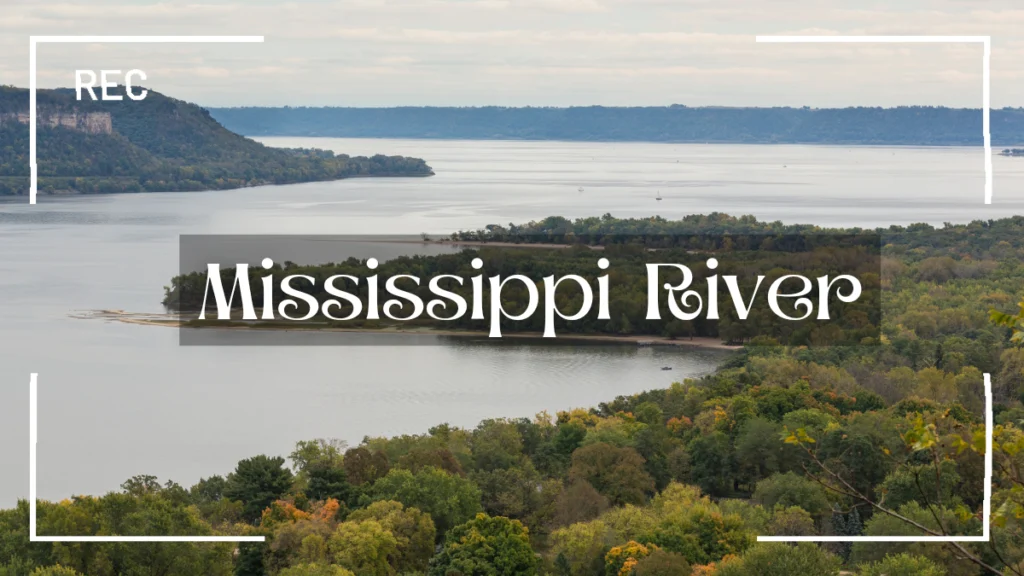
The Mississippi River, a major North American waterway, reaches depths of up to 61 meters (200 feet) in its lower reaches. Many experts have studied the top 10 deepest river in the world for its unique ecosystems.
Its depth varies considerably along its length, influenced by sediment deposition and riverbed erosion. The Mississippi is vital for commerce, agriculture, and recreation in the United States.
The river’s deep sections are critical for its role in flood management and navigation, impacting the surrounding ecosystems and human settlements. Efforts to manage and protect the Mississippi’s depths are crucial for maintaining its health and functionality.
5. Exploring the Yenisei River

The Yenisei River in Siberia is one of the world’s major rivers, with depths reaching up to 70 meters (230 feet). Its depths are influenced by the river’s glacial origins and its path through rugged Siberian terrain. The Yenisei plays a significant role in the region’s hydrology and transportation network.
The river’s depths contribute to its role in supporting diverse wildlife and influencing local climate patterns. Research into the Yenisei’s depths continues to provide valuable insights into the region’s ecological and geological processes.
6. The Depths of the Zambezi River

The Zambezi River, flowing through Southern Africa, reaches depths of up to 80 meters (262 feet). The river’s depths are significant for its role in the ecology of the Zambezi Basin and the notable Victoria Falls. These depths are crucial for maintaining the river’s health and the survival of its diverse aquatic life.
The Zambezi’s deep sections also play a role in hydroelectric power generation, impacting local economies and providing essential resources for the surrounding regions. Conservation efforts are vital to maintaining the river’s health and sustainability.
7. The Depths of the Lena River
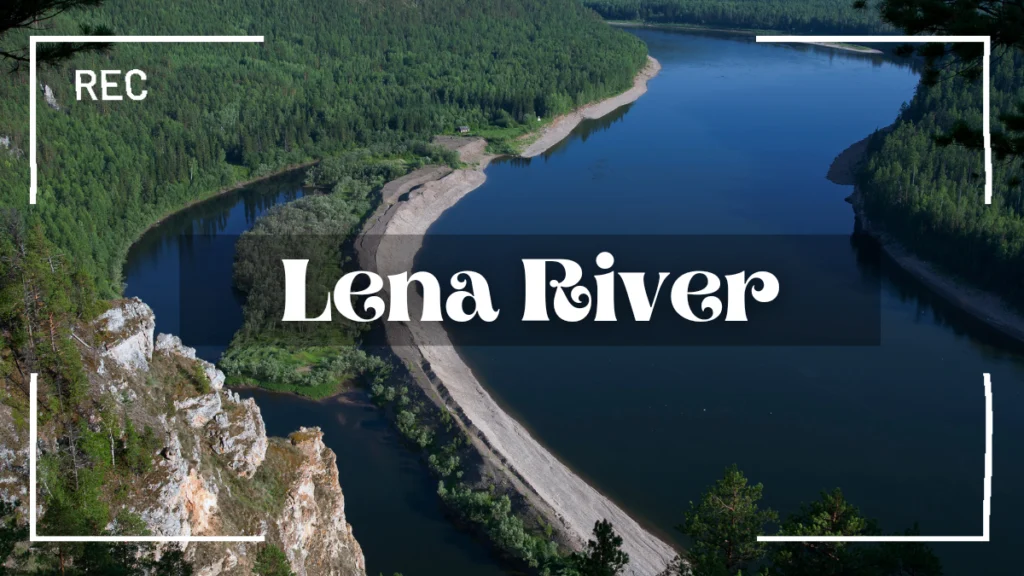
In Russia, the Lena River boasts depths of up to 90 meters (295 feet). The river flows through the Arctic region, and its depths are influenced by the seasonal variations in ice and water flow. The Lena is vital for its role in the Arctic ecosystem and local communities.
The river’s depths impact its navigation and the ability to support diverse aquatic and terrestrial species. The top 10 deepest river in the world has its own set of challenges.
The Lena’s unique environment provides opportunities for scientific research and environmental monitoring. Researchers are always eager to explore the top 10 deepest river in the world.
8. The Deep Secrets of the Ob River
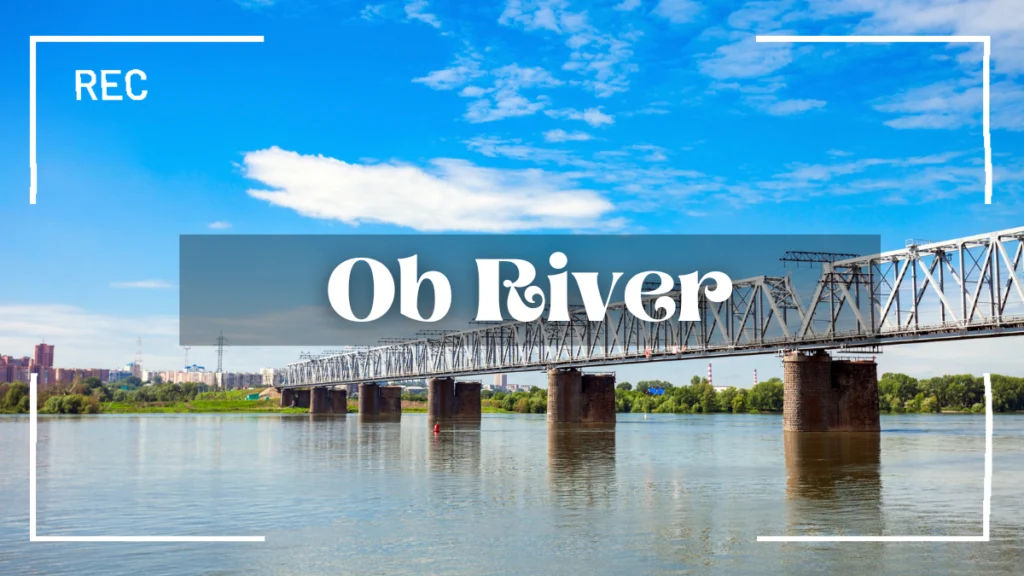
The Ob River in Siberia reaches depths of up to 50 meters (164 feet). This river is essential for its role in the transportation network of Siberia and its influence on the regional climate. The depths of the Ob are crucial for its role in supporting local wildlife and ecosystems.
Research into the Ob’s depths helps to understand the river’s hydrological cycles and its impact on surrounding environments. The river’s health and depth are vital for maintaining the region’s biodiversity and sustainability.
9. Navigating the Danube River’s Depths

The Danube River, flowing through Central and Eastern Europe, reaches depths of up to 10 meters (33 feet) in certain sections. Many experts have studied the top 10 deepest river in the world for its unique ecosystems.
Its depths are influenced by its path through diverse landscapes and geological formations. The Danube plays a crucial role in the economy and culture of the European countries it traverses. Researchers are always eager to explore the top 10 deepest river in the world.
The river’s depths impact its role in navigation and its influence on local ecosystems. Conservation and management of the Danube’s depths are essential for maintaining its ecological and economic significance.
10. The Depths of the Murray-Darling River System

The Murray-Darling River System in Australia includes rivers that reach depths of up to 25 meters (82 feet). This system’s depths are influenced by its flow through varied landscapes and climatic conditions. The Murray-Darling is critical for agriculture, ecosystems, and water supply in Australia.
Understanding the depths of this river system helps to manage its resources and support its diverse ecosystems. Efforts to monitor and protect the system’s health are vital for its sustainability.
- Remarkable Depth: The top 10 deepest river in the world reaches extraordinary depths, showcasing its significant geological impact.
- Unique Ecosystems: It hosts a range of specialized aquatic species adapted to its profound depths and extreme conditions.
- Scientific Interest: Its depth provides valuable data for studying geological formations and hydrological processes.
- Conservation Focus: The river faces conservation challenges due to its unique environment and human activities.
- Cultural Significance: It often holds historical and cultural importance for the regions it flows through.
Conclusion
The world’s deepest rivers offer a fascinating glimpse into Earth’s diverse geological and ecological landscapes. From the Congo River’s extraordinary depths to the Murray-Darling System’s essential role in Australia, each river’s depth plays a critical role in shaping local ecosystems, economies, and cultures.
Understanding these depths provides valuable insights into the health and sustainability of these vital water systems, highlighting the importance of continued research and conservation efforts. Many experts have studied the top 10 deepest river in the world for its unique ecosystems.
FAQs
1. Which river is the deepest in the world?
The Congo River holds the title of the world’s deepest river, with depths exceeding 2200 meters.
2. How do river depths impact their ecosystems?
Deep rivers provide critical habitats for various species, influence nutrient cycles, and play a role in local climate and water dynamics.
3. Are all deep rivers navigable?
Not all deep rivers are easily navigable due to factors like currents, sedimentation, and geological challenges.
4. How does the depth of a river affect its use for hydroelectric power?
Greater depths can provide more consistent water flow for hydroelectric plants, though depth is just one factor in the overall design and efficiency of such systems.
5. Why are some river depths not fully explored?
Challenging geographical conditions, technological limitations, and logistical issues often hinder comprehensive exploration of river depths.











